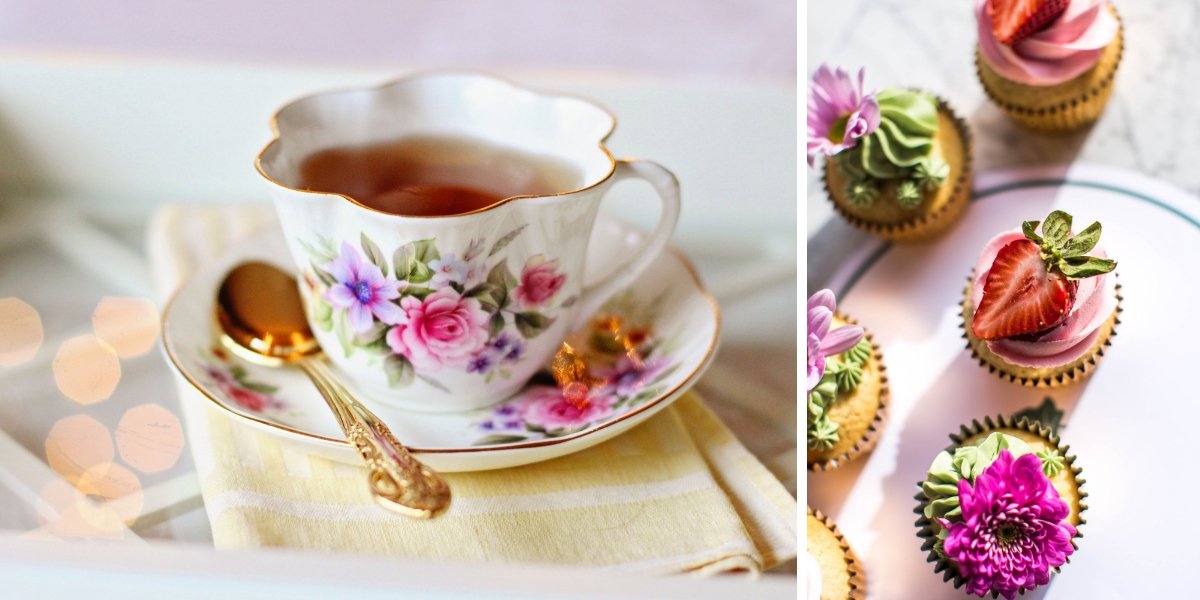-
Locations
Campuses in Europe & Middle EastCampuses in The AmericasCampuses in AsiaLe Cordon Bleu International
- Online Learning
Contact your local representative - Our Story
- Programmes
- Brochures
- News & Events
- Contact
- Find Course

High tea originated in England, traditionally as a working-class meal served at the end of a hard day. Its name comes from the meal being served on a high table to working class men, although it evolved into a more high-brow, fashionable gathering for wealthier ladies to meet in the afternoon for a pot of tea paired with ornate snacks to see them through to dinner time.
A high tea consists of a selection of delicately sized snacks, served together to create a meal of savoury and sweet items. Served on a three-tier cake stand, all items are generally served together. Often, guests will share one serving (or stand) between 2 or 3 people.
High tea is as much about presentation - the gorgeous crockery and table setting, as the edible delights.
The making of a high tea is about more than just the edible delicacies. The high tea experience begins with the setting and surrounds - a crisp white table cloth, the finest bone china and highly polished tableware set the scene.
When it comes to the menu, it's the combination of sweet and savoury snacks that distinguish a high tea from any other meal, such as:
Food items should be delicately crafted, perfectly presented and full of flavour to ensure the high tea experience is a memorable one.
The high tea is completed with a selection of fine teas. Black teas like Earl Grey and Darjeeling are traditionally served, however most venues today include a selection of herbal teas. The selection of teas must be carefully considered, similar to the task of a sommelier, with suitable pairings between food and beverages
Copyright © 2025 Le Cordon Bleu International B.V. All Rights Reserved.